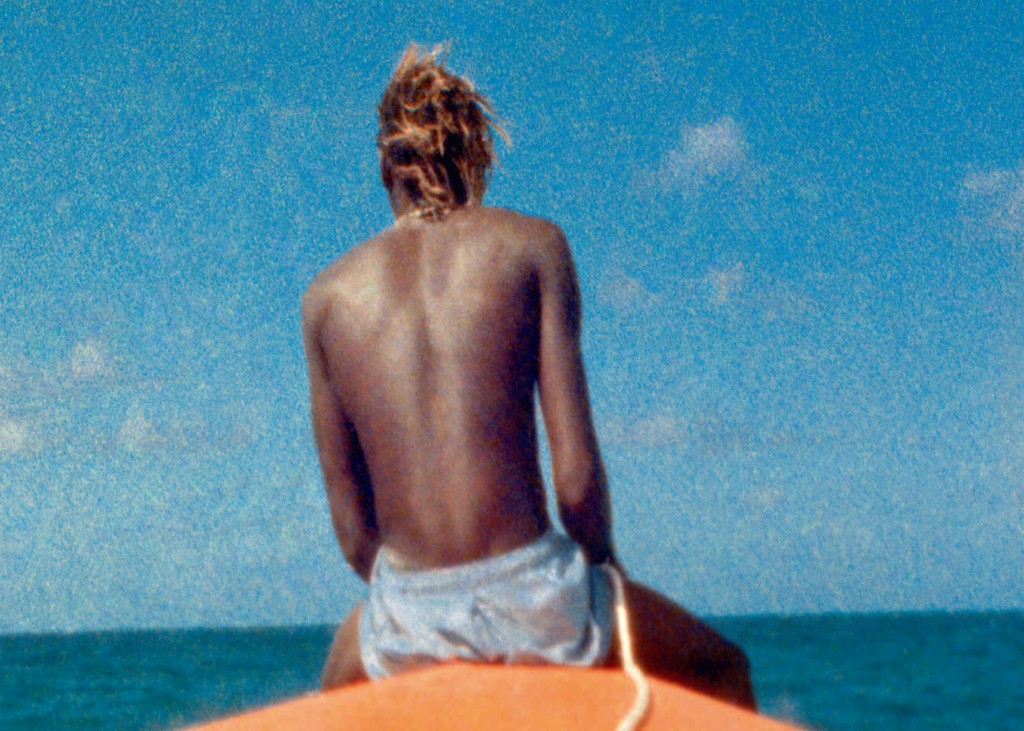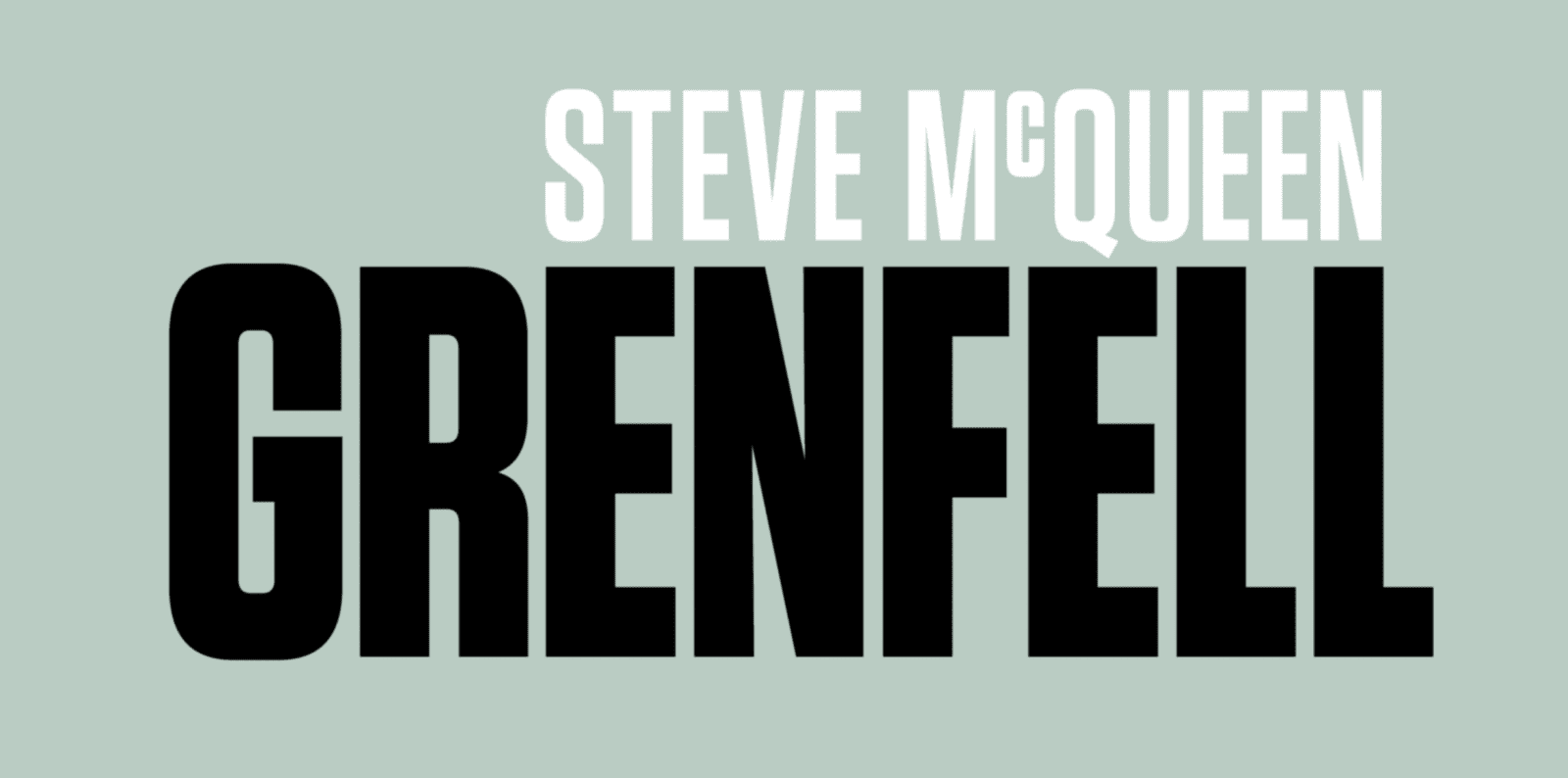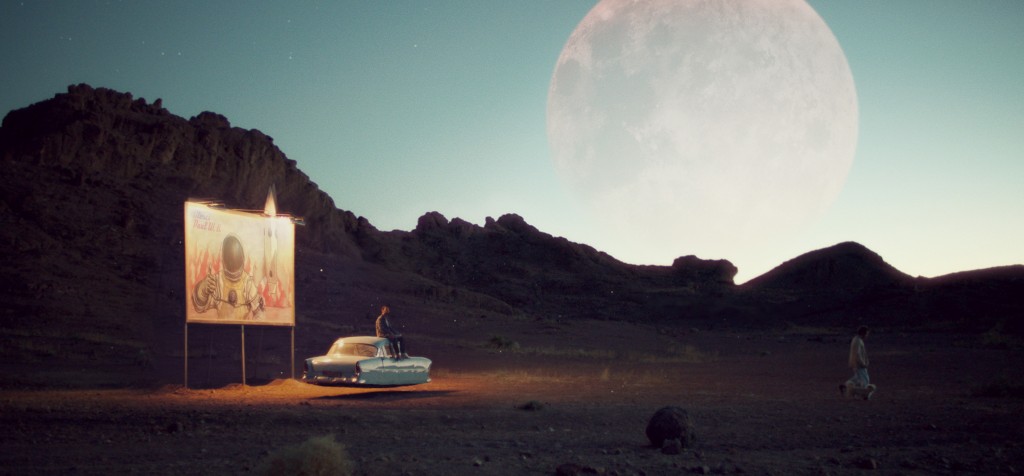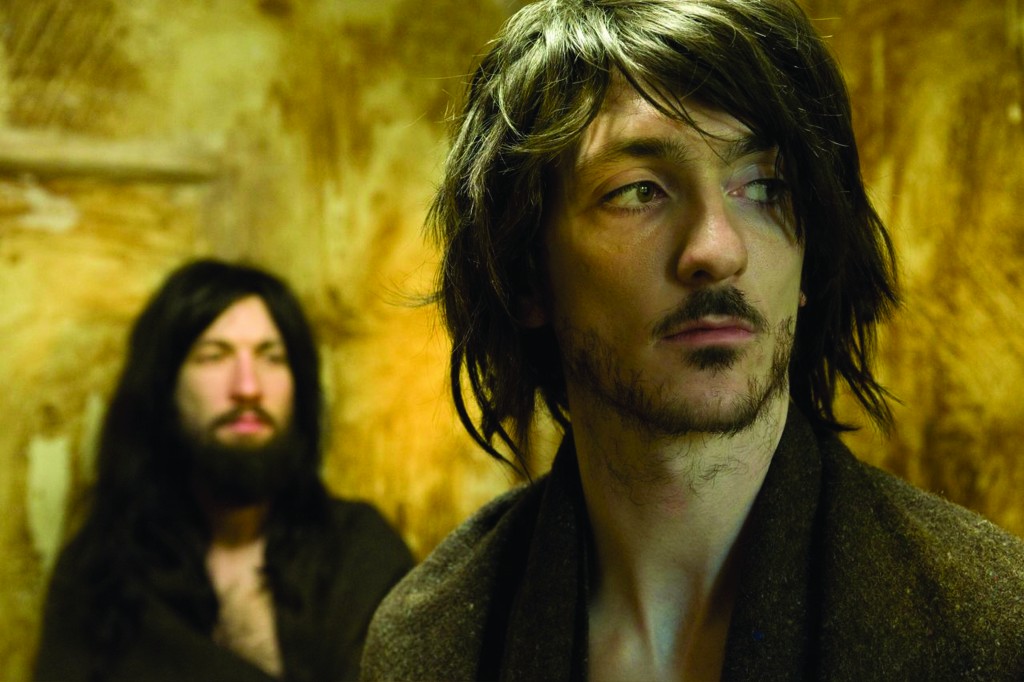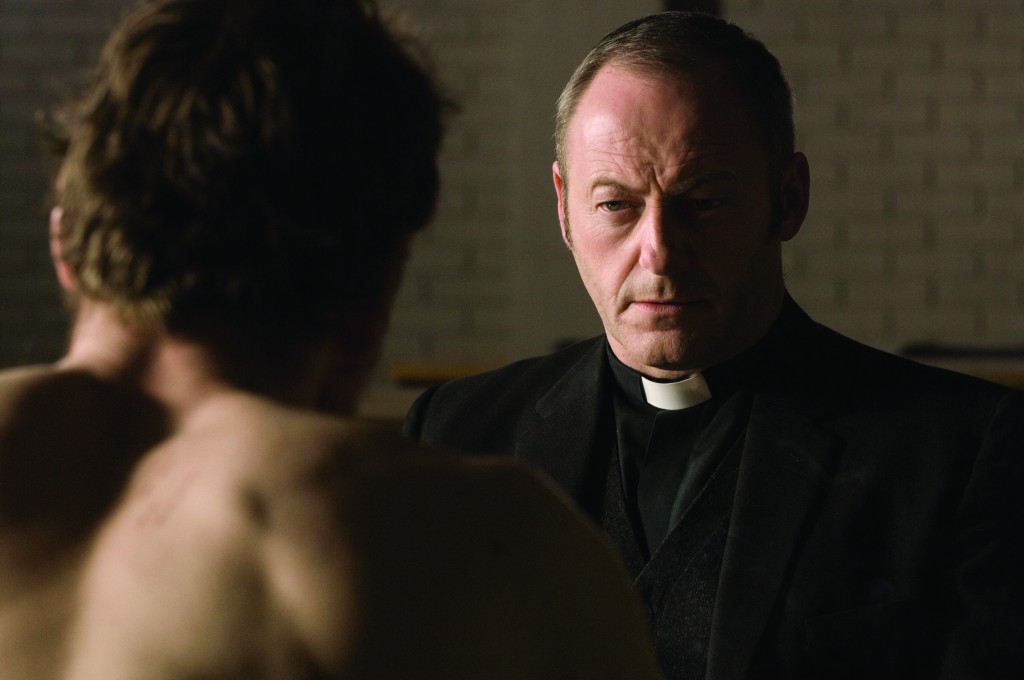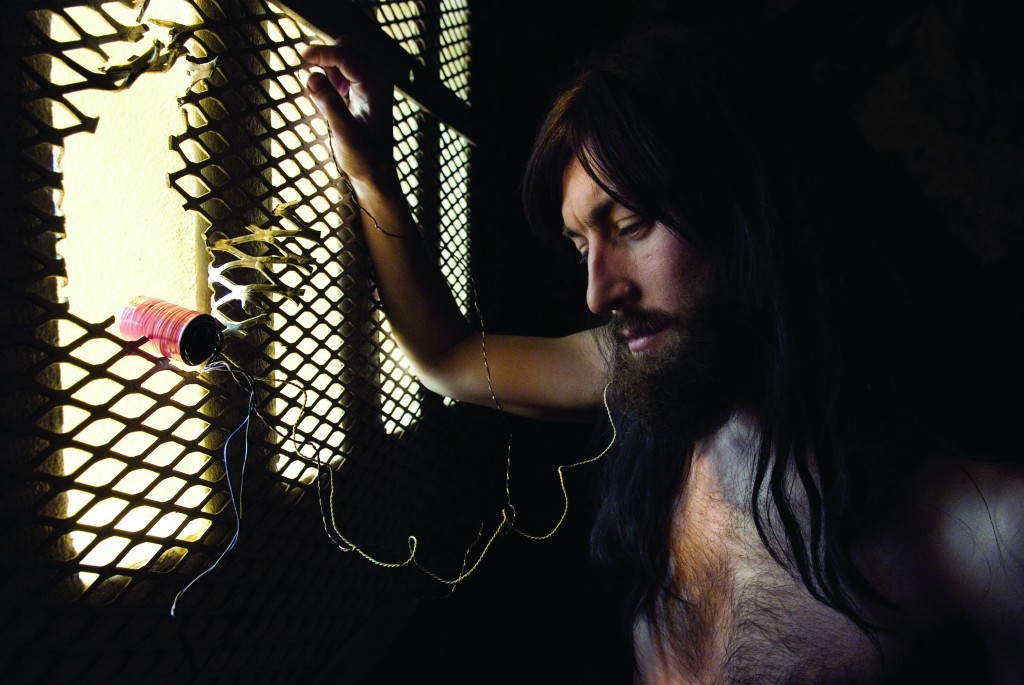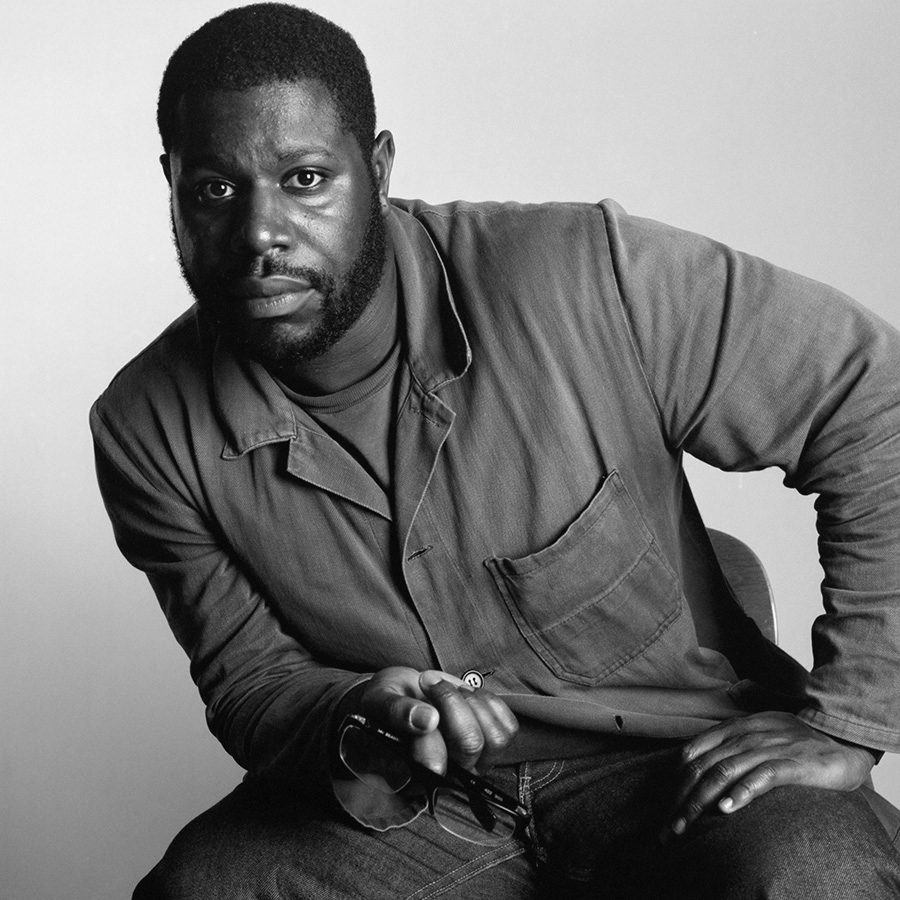
STEVE MCQUEEN ON FILM
By Crash redaction
BRITISH ARTIST STEVE MCQUEEN BRINGS TO SCREEN AN INTENSE FIRST FEATURE FILM, WHERE THE BODY ITSELF BECOMES A POLITICAL BATTLEFIELD. WINNER OF THE GOLDEN CAMERA PRIZE AT THE LAST CANNES FILM FESTIVAL, « HUNGER » DEPICTS THE 1981 HUNGER STRIKES THAT TOOK PLACE IN THE MAZE PRISON IN NORTHERN IRELAND. STEVE MCQUEEN ALSO GIVES HIS FIRST BIG BREAK TO IRISH ACTOR MICHAEL FASSBENDER WHO TAKES ON THE DIFFICULT PART OF BOBBY SANDS, POLITICAL PRISONER AND FLAG-BEARER OF THE IRA.
Interview by Armelle Leturcq
You are already a successful artist, why did you decide to direct a feature film?
When I was eleven years old, I learned about the history of Irish political prisoners and about their hero, Bobby Sands. That story really stayed with me. Much later, I realized I could make a 35mm film about it. I wanted this event to reach a wider audience, and the best way to do that was through storytelling. Because everyone understands stories. When you are a child, your parents tell you stories. I wanted to make a narrative feature film about this particular idea of the hunger strike. It’s like poetry or a novel. Not everyone can get poetry but everyone can get a novel because, ever since you were a child, you grew up in a narrative way.
Is the character of Bobby Sands really famous in England?
What is very strange is that this subject is not well known. It is not really spoken about and it’s not very much in the public culture at all. What I wanted to do was to reveal this subject so that people could live it again. The idea that someone would stop eating to be heard was very strange to me as a little boy. Since then, it’s always haunted me.
You remember Bobby Sands specifically?
When you are 11 years old, you can’t make sense of all the details, you can’t get a sense of the whole thing. It was more the idea, the concept of people starving themselves that stuck with me.
How did you manage to find all these details about prison life?
I did research for four years. But you can only go so far with books and documents. What I was interested in was finding the information hidden between the words. So I interviewed prisoners. I also spoke to a prison officer. I just asked them questions so as to have an oral history, or a verbal document, about what everyday life was like in Maze Prison. So a lot of the information comes directly from prisoners and one prison officer.
Why did you choose the actor Michael Fassbender to play Bobby Sands?
Michael came for the audition. There were a lot of actors. We weren’t just looking for anybody; we were looking for Bobby Sands. Michael had something different; at first I thought he was American actually (in fact, he is an Irishman of German origin). That was my first experience casting. I didn’t know how to do it very well. All these actors were very nervous, but none of them used their energy with confidence. It was also looking for a good-looking actor. When I talked to Michael myself, I knew he was the one. It was a very difficult process actually.
The movie was difficult to make, wasn’t it? For Michael too, it must have been difficult. He had to loose a lot of weight.
Yes, the hunger element had to be visible. People have these notions that, in the movies, people don’t really get hurt. I think what Michael did was phenomenal. He has benefited from the movie. I think now he is working with Quentin Tarantino. I think he will become a star. What he has is very special; he can actually perform and deliver. I mean he is a good actor. We shot for three weeks first, and then waited two and a half months for Michael to loose weight. Then we came back for three and a half weeks. It was a very short time slice. I thought it was normal; I’d never made a feature film before. Now, I realize that it actually was very short. When he came back, he was very fragile. What was beautiful was that he stayed focused but at the same time sensitive.
There is a very long dialogue in the film between Bobby Sands and the priest who comes to see him in prison… How long is this sequence?
22 minutes and 30 seconds. Was there some improvisation? No. The text was very precise. I wrote everything. The only things improvised were the pauses. You have to go in with the right mindset. We, the entire crew, we moved in the same direction. We were conscious of what we were doing. We are a very fortunate crew. We did four takes.
In Hunger, there are both big moments of silence and very long dialogues.
It is a choice because I wanted to work with only the necessary. Generally in movies, there are sounds and words tossed around like confetti… people saying things like « one coffee, two sugar… » For me, it’s okay to stay silent and observe. When you watch a film, you « use another person’s brain » to understand, to feel… I needed to show both extremes precisely. The two elements: the verbal and the physical. When you make a movie, you are between two cameras: the one on the shoulder of the cameraman and the one on your own shoulder. There, you feel like you are meeting the audience. So I tried to give two sensations at the same time: action and reaction. Everything became much more sharp with this style of shooting.
Was it shot in the prison?
We had the authorization to shoot in the Maze prison, but in the end, the director’s office denied us access. But we had an amazing art director who found this place next to the train station and it was awesome. All the doors and the gates looked like the real Maze prison. Their dimensions were close to the actual prison. When you are in a 3.5 x 5 meter cell… you can’t fit in there with cameras. The architecture dictates you into some sort of frame. And I couldn’t say « Action » whenever I wanted because we were in a train station and I had to wait for the train to leave.
Did you analyze other films while making your own?
No, I was more into the images. They make more sense to me. You don’t necessarily learn from movies, you learn from life. You learn from art. You learn from looking at people in the street.
But in film, there are a lot of rules to follow…
You break them. Because there are no rules… The only rule is « there are no rules in film. » That’s why I dropped out of film school after three months. When someone said to me « there are rules, » I was gone. You can’t communicate with the audience with a frame of rules.
Your film is not boring at all, even with a 20 minute dialogue.
I hope not. The only rule is to keep the focus. That’s the only rule.
How did you find the funds to finance the film?
Channel 4 helped a lot, about 800,000 pounds. The rest came from Ireland, Northern Ireland, and Wales…
In the future, do you think you will be more involved in film or in art?
What I love are the ideas. An idea could lead me to a painting, a poem, or a video. It all depends on the idea. It’s the idea that counts.
Is it difficult to find good ideas?
No. Ideas just take time, whatever they are. What’s important is how you execute them. Like in films. Lots of people went to see the movie but they all thought about it in their own way. It is not a big budget Hollywood film.
What are your big influences in film?
My biggest influence is life. Life makes me want to pick up a camera. The camera preserves things. I am not very interested in cinema. I am interested in what I can do with it as a tool. Not in the seduction of it. What it can do is much more interesting than what it is.
As an artist, you will be representing England at the next Biennale in Venice.
Yes, that’s correct. It will be completely different from « Hunger. » I cannot talk about it too much because I am in the middle of it, though I am very excited about it. I am looking forward to it. In a way, it is great because people will see my work in Venice. Musicians and artists will see my work and love it, hate it.
A Steve McQueen interview taken from Crash 48
Images : scenes from the film « Hunger », 2008. By Steve McQueen. With: Micheal Fassbender, Stuart Graham, Micheal Cunningham.
Interview from Crash 48






